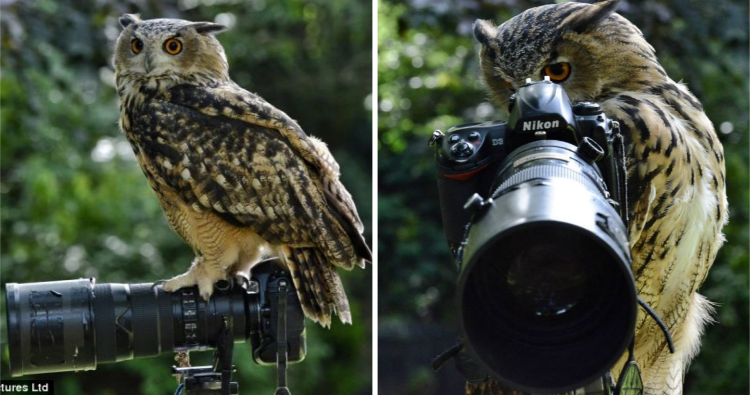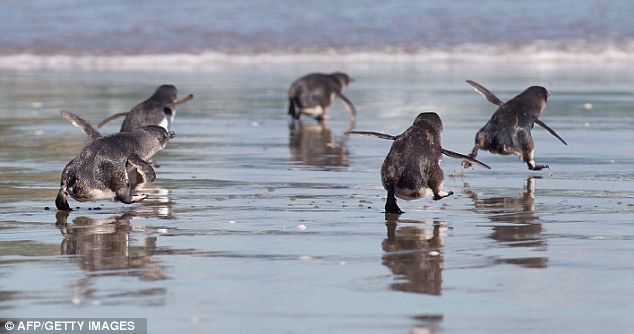
Rolling around in mud, sucking their trunks playfully and seeking comfort from their human carers, these incredible images give a rare insight into one of the world’s most majestic animals.
With their trunks intertwined and standing side-by-side for protection, this adorable family of elephants are just some of the 101 orphaned elephants which have been rescued by the David Sheldrick Wildlife Trust (DSWT) since 2001.
Each elephant has a unique story of survival, orphaned either by ivory poaching, human-wildlife conflict or habitat destruction.
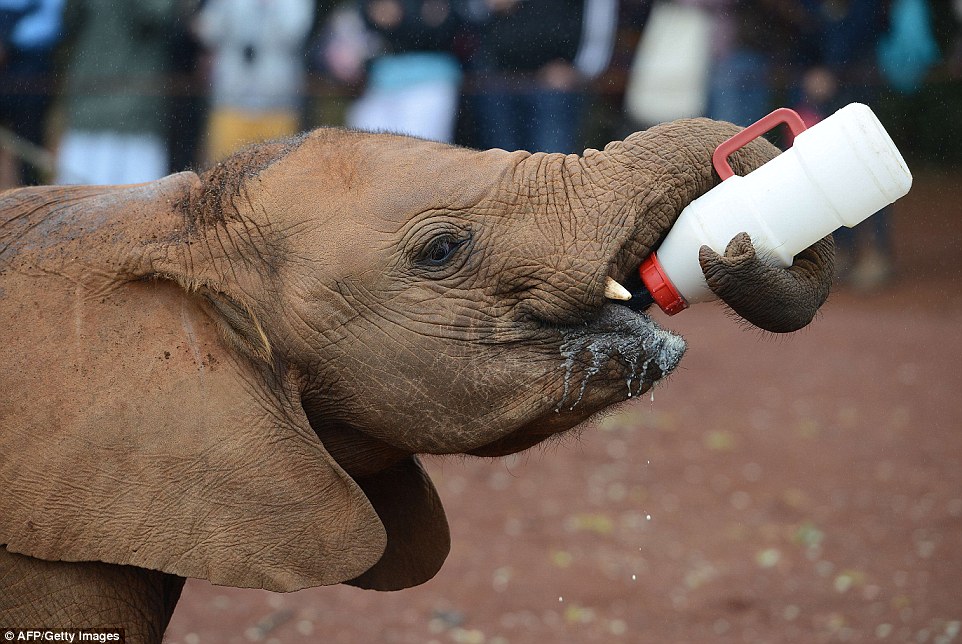

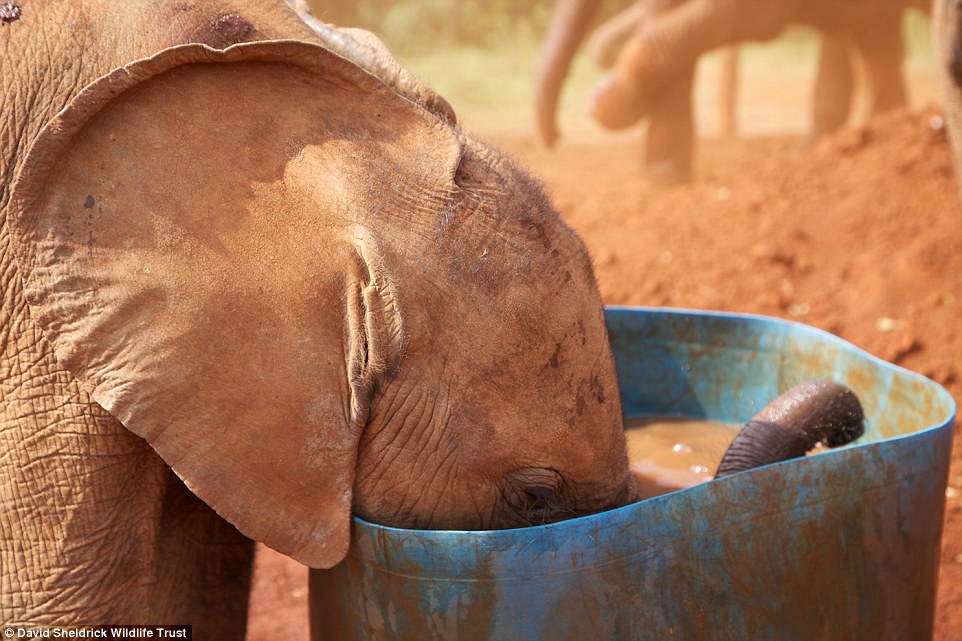
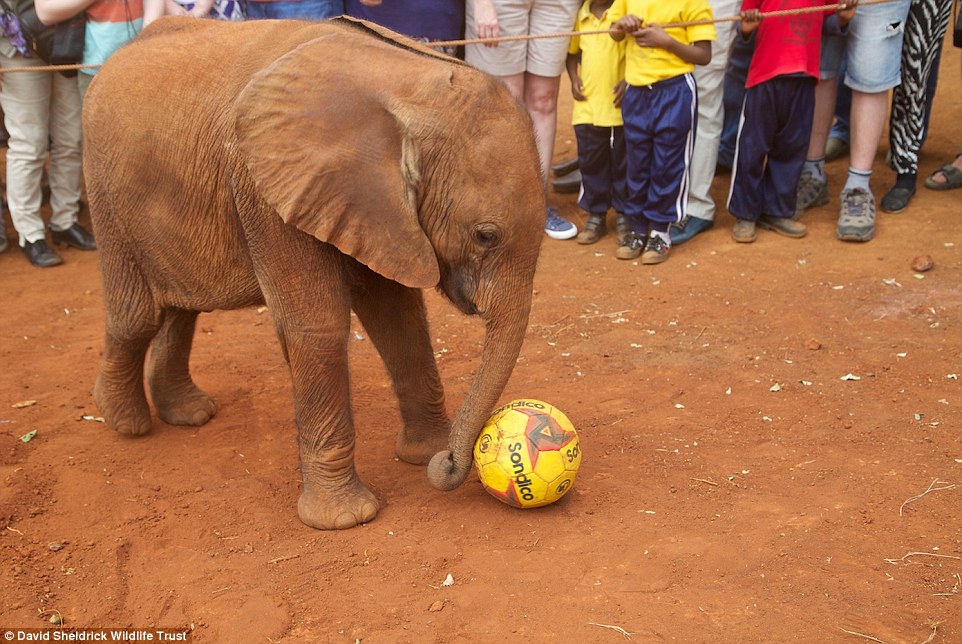
The young elephants enjoy being part of the ‘orphan’ family and workers ensure they are integrated with both animals of their kind and humans before they are released
They were rescued from remote regions of Kenya by the British-based charity’s Orphans’ Project, which exists to reintegrate orphaned infant elephants back into the wild.
Rob Brandford, director of the DSWT, said: ‘Each orphan has their own tragic rescue story, but their struggle of survival and zest for life is infectious.
‘Sadly Africa’s elephants are under threat from poachers for their ivory. Each of the 101 elephants rescued and in the care of the DSWT has been orphaned, but they have been afforded a new herd in the form of our unusual human-elephant family.’
They were rescued from remote regions of Kenya by the British-based charity’s Orphans’ Project, which exists to reintegrate orphaned infant elephants back into the wild.
Rob Brandford, director of the DSWT, said: ‘Each orphan has their own tragic rescue story, but their struggle of survival and zest for life is infectious.
‘Sadly Africa’s elephants are under threat from poachers for their ivory. Each of the 101 elephants rescued and in the care of the DSWT has been orphaned, but they have been afforded a new herd in the form of our unusual human-elephant family.’
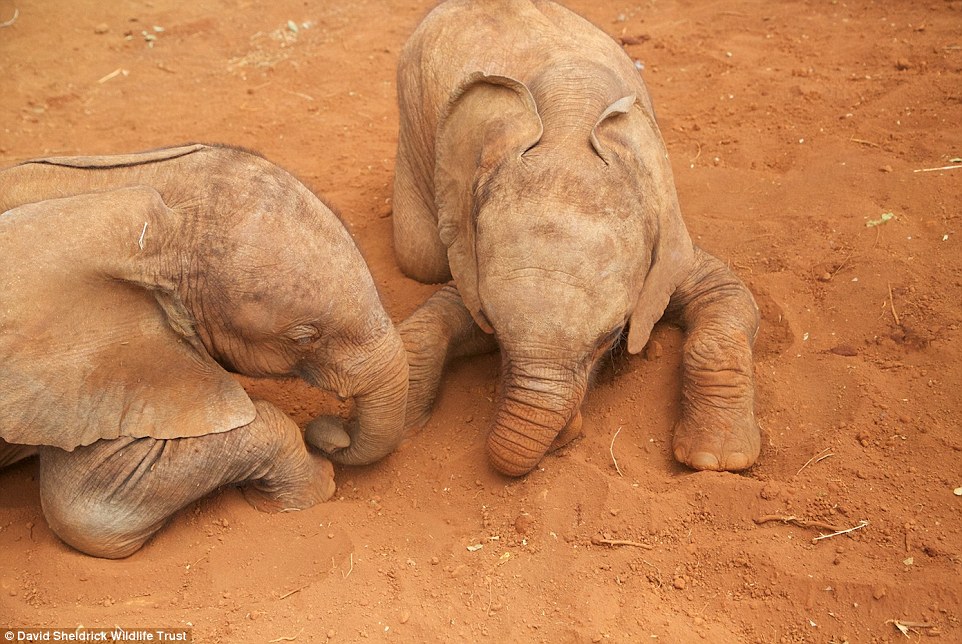
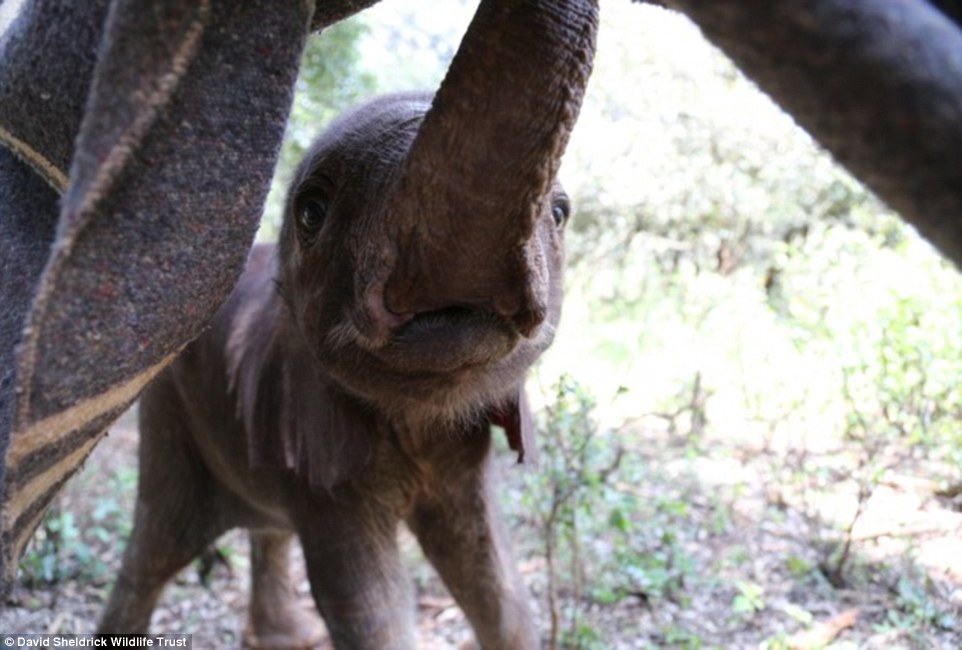
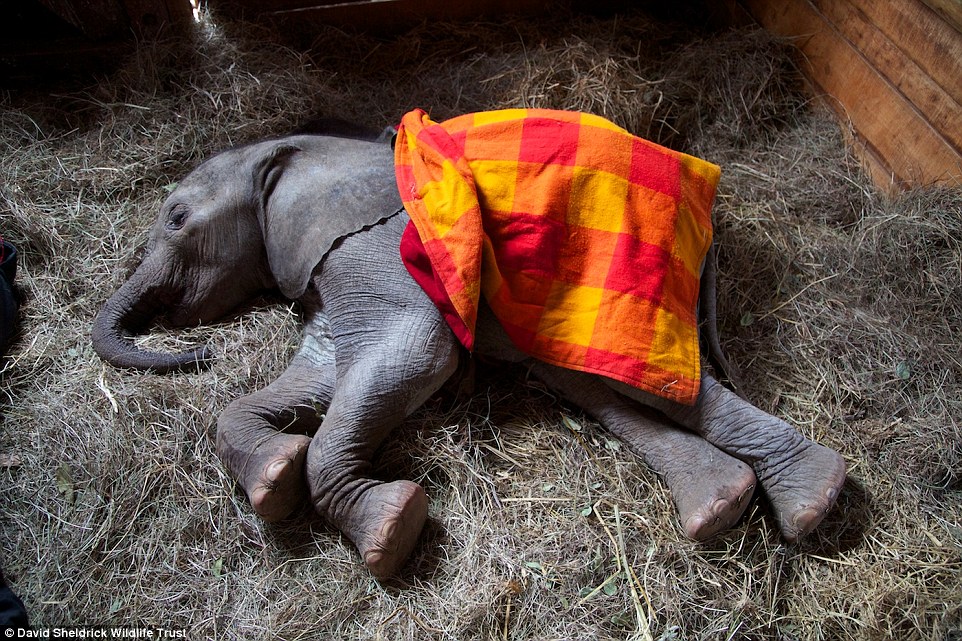
One of the youngest orphans to be rescued is Mbegu – a seven-week-old baby elephant who was saved after being pelted with stones and spears in a revenge attack.
The young animal was attacked by locals in Ol Lentille – a remote part of Kenya – after a local woman was killed by an adult elephant.
The aggressive elephant was later killed by the Kenya Wildlife Service but an ensuing fracas saw young Mbegu separated from her herd. She was chased by a group of local people and tormented with spears and stones.
Fortunately, the calf was saved after rangers from the Naibunga Conservancy stood between the enraged crowd and the elephant, protecting her from further danger.



A rescue team from DSWT was then sent from the charity’s Nairobi Headquarters to collect the young animal, who was ‘injured, stressed and deeply traumatised’.
She has now recovered from her injuries and is being cared for at the orphanage where she has learnt to feed herself and enjoys playing with the fellow orphans.
Another elephant rescued by the charity, called Barsilinga, had a tragic start to life after his mother was shot by poachers.
With no chance of survival, his mother had to be euthanised and he was taken into the care of the DSWT.





